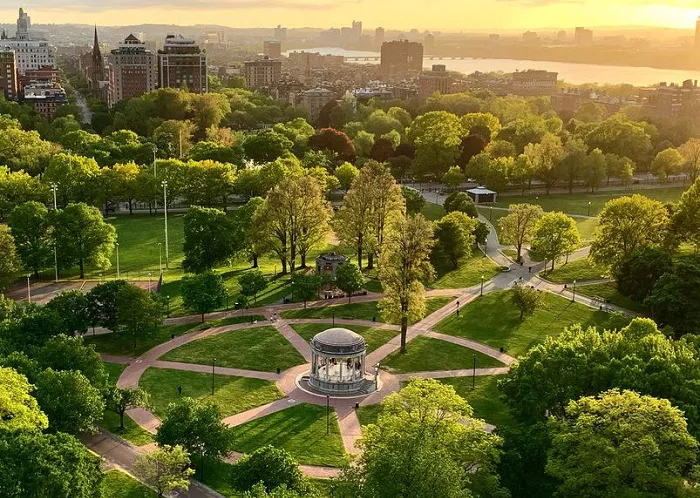Across the United States, more than 440 national parks and over 7,400 urban parks provide a variety of recreational spaces for both people and pets. Yet, urbanization and park development are raising concerns about the shrinking natural habitats for wildlife, impacting plant and animal survival, warns the United States Forest Service.
A groundbreaking study by scientists from the University of Florida (UF) seeks to address the challenge of balancing urban park development with wildlife conservation. The research offers valuable insights into how urban parks can continue to serve as vital havens for wildlife while meeting the growing demands of urban populations.
The study, conducted by the UF Institute of Food and Agricultural Sciences (UF/IFAS), focuses on Broward County—one of the most densely populated regions in Florida. The research team analyzed over 600 urban green spaces in the county to explore the relationship between physical park features, human activity, and biodiversity.
Corey Callaghan, senior author of the study and assistant professor of global ecology at UF/IFAS, explains that the size of green spaces is a strong indicator of both human use and biodiversity. “Our findings highlight that green spaces need to be carefully designed to support biodiversity, while offering a mix of park types with varying purposes,” he said.
Urban green spaces play a crucial role in supporting the health of both the environment and urban residents. They provide essential ecosystem services, including air and water purification, climate regulation, and recreational opportunities. These spaces are also critical for sustaining diverse species, serving as habitats in urbanized areas.
“Green spaces offer places for relaxation and connection to nature, which contribute to mental and physical well-being,” said Callaghan. “For biodiversity, these spaces provide essential habitats for a wide range of species, helping sustain populations in fragmented urban landscapes.”
Ecologically, urban parks help mitigate the urban heat island effect, enhance air and water quality, reduce flooding risks, and sequester carbon. Their dual role in promoting both human and ecological health underscores their importance as cities continue to expand.
However, the study also reveals challenges in designing urban parks that balance human needs with wildlife conservation. Features such as sports fields and playgrounds may enhance park use for people but can negatively impact wildlife habitats. “Dense vegetation and limited lighting support biodiversity but may not be as attractive to people,” said Nataly Miguez, lead author of the study and a former UF geography student. “Finding a balance between these needs is key.”
The study also highlights potential environmental consequences of park maintenance practices. Frequent lawn mowing can harm native pollinators, and excessive lighting for safety purposes can disrupt nocturnal species. Despite these challenges, the researchers suggest that thoughtful park designs can foster harmony between human activities and wildlife.
Recommendations include planting native species, creating tree canopies, and linking separate green spaces to improve wildlife habitats while still supporting human recreation. Incorporating modern technology and community involvement is also essential for achieving this balance.
Citizen science platforms, such as iNaturalist, play a critical role in gathering biodiversity data in urban parks. These platforms allow the public to contribute observations of plants and animals, providing valuable insights for park planners and scientists. The study utilized data from iNaturalist to assess biodiversity in urban spaces and align park management with the needs of both people and wildlife.
By leveraging these data-driven approaches, urban park planners can design spaces that support both human activities and wildlife, creating more resilient and ecologically functional parks. The research offers a model for cities nationwide, guiding efforts to preserve nature in urban environments while meeting the needs of growing populations.
“As urban areas expand, we must ensure our green spaces work harder for both people and biodiversity,” said Callaghan. “This requires ongoing research, monitoring, and community science efforts. With continued investment, we can create spaces that are inclusive of both human and ecological needs.”

